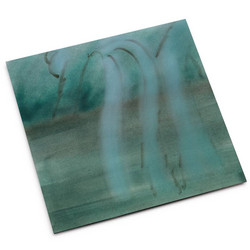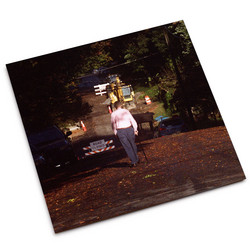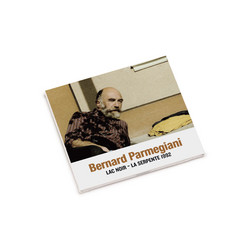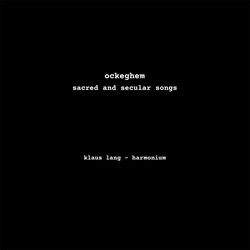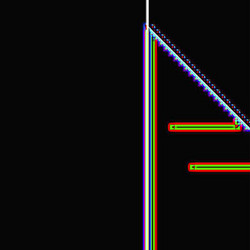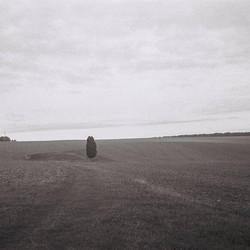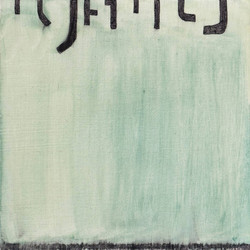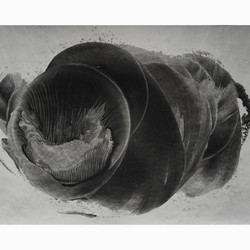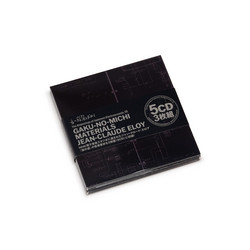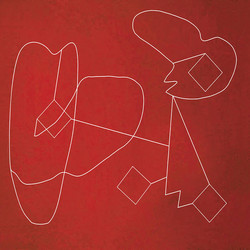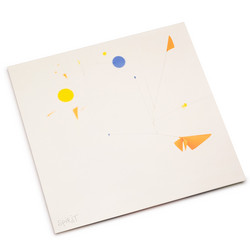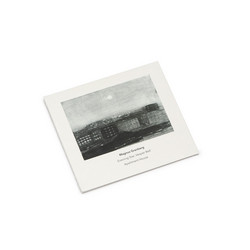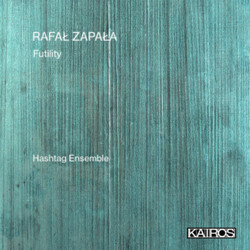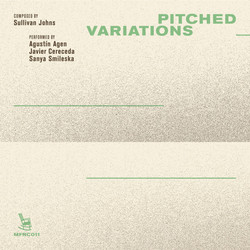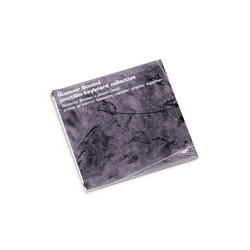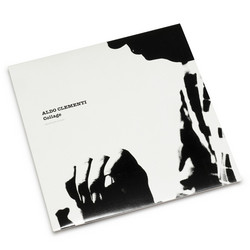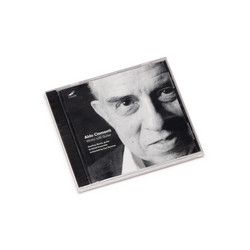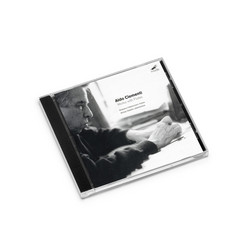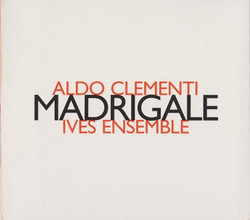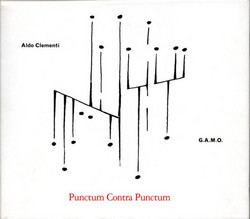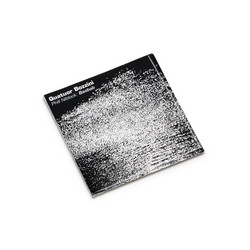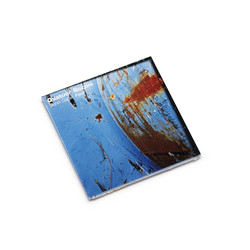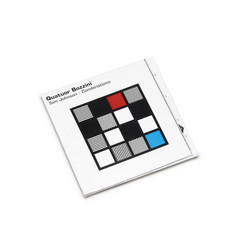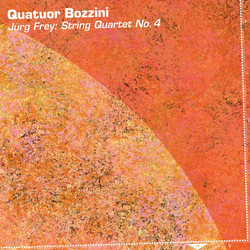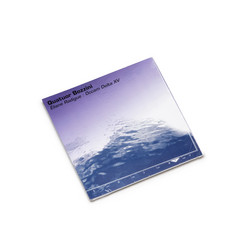“It has been my conviction for a number of years that Music (and Art in general) must simply assume the humble task of describing its own end, or at any rate its gradual extinction,” wrote Italian maestro Aldo Clementi (1925–2011) in 1973. Three years earlier he had written B.A.C.H., a piano piece which proved to be pivotal. From this point on, almost all his works are — in David Osmond-Smith’s words — constructed from “tonal fragments arranged in a polytonal canonic counterpoint that ensures near- continuous chromatic saturation.” Attempts to capture Clementi’s music in words have frequently resulted in either technical analysis or in various descriptions of decay. In essence, the only development in a particular work often is its gradual extinction; musical material is repeated incessantly, while tempo and dynamic level constantly ebb away. Clementi, a typical Glass Bead Game player, often spoke of his music as mere contrapuntal exercises, and when the polyphonic fabric is brought to sound with strings alone, the colours are reduced to a monochromatic greyscale in finely- tuned nuances, changing with each repetition. The material is simply displayed in all its kaleidoscopic beauty. — Björn Nilsson

